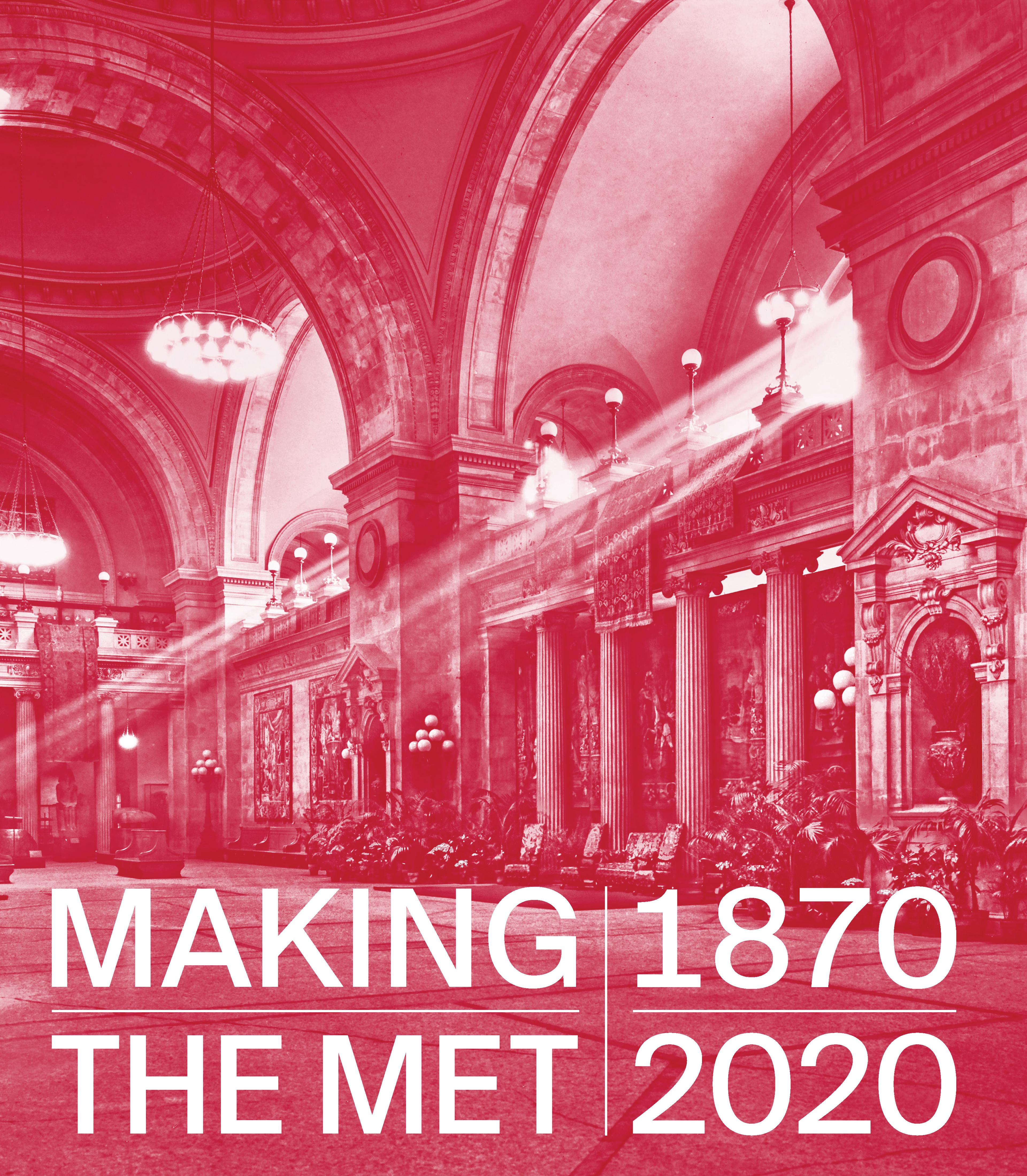The Grand Canal above the Rialto
Guardi depicts Venice’s Rialto Bridge with the Palazzo dei Camerlenghi at center and a vegetable market beneath a series of canopies on the right. The seemingly arbitrary cropping of buildings creates an effect of snapshot-like immediacy; the open windows tempt the eye inside, even as the composition unfolds across the vista of the Grand Canal with its flurry of gondolas. This work, which was among the earliest purchased by The Met, in 1871, was conceived as one of a pair, with a pendant view representing the church of Santa Maria della Salute, located at the end of the Grand Canal.
Artwork Details
- Title: The Grand Canal above the Rialto
- Artist: Francesco Guardi (Italian, Venice 1712–1793 Venice)
- Date: late 1760s
- Medium: Oil on canvas
- Dimensions: 21 in. × 33 3/4 in. (53.3 × 85.7 cm)
- Classification: Paintings
- Credit Line: Purchase, 1871
- Object Number: 71.119
- Curatorial Department: European Paintings
More Artwork
Research Resources
The Met provides unparalleled resources for research and welcomes an international community of students and scholars. The Met's Open Access API is where creators and researchers can connect to the The Met collection. Open Access data and public domain images are available for unrestricted commercial and noncommercial use without permission or fee.
To request images under copyright and other restrictions, please use this Image Request form.
Feedback
We continue to research and examine historical and cultural context for objects in The Met collection. If you have comments or questions about this object record, please contact us using the form below. The Museum looks forward to receiving your comments.
